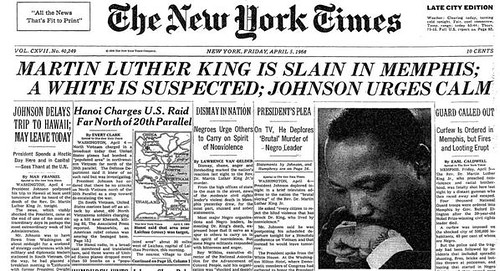
Lewis Latimer (1848 – 1928)
What He Invented: The Carbon Filament For The Light Bulb. In 1876, he worked with Alexander Graham Bell to draft the drawings required for the patent of Bell’s telephone.

Born: April 24, 1919; place: Centralia, Illinois
.education.gif) AB (1938) University of Illinois-Urbana Champaign; AM (1939) University of Illinois-Urbana Champaign
AB (1938) University of Illinois-Urbana Champaign; AM (1939) University of Illinois-Urbana Champaign
 Ph.D. (1941) Statistics, University of Illinois-Urbana Champaign
Ph.D. (1941) Statistics, University of Illinois-Urbana Champaign
thesis: Some Properties of Markoff Chains; Advisor: Joseph L. Doob
 : Professor Emeritas of Statistics, University of California at Berkeley
: Professor Emeritas of Statistics, University of California at Berkeley
Research Interests: Mathematics, David Blackwell is, to mathematicians, the most famous, perhaps greatest, African American Mathematician. He earned his Bachelor of Arts in Mathematics in 1938, Master of Arts in Mathematics in 1939, and his Ph.D. in 1941 (at the age of 22), all from the University of Illinois. He is the seventh African American to receive a Ph.D. in Mathematics. He is the first and only African American to be any one of: a member of the National Academy of Sciences, a President of the American Statistical Society, and a Vice President of the America Mathematics Society.
J. Ernest Wilkins, Jr.

in 1998
Born: November 27, 1923 Birthplace: Chicago, Illinois
.education.gif) A.B. Mathematics (1940) Uiversity of Chicago; M.s. Mathematics (1941).
A.B. Mathematics (1940) Uiversity of Chicago; M.s. Mathematics (1941).
 Ph.D. Mathematics (1942) University of Chicago
Ph.D. Mathematics (1942) University of Chicago
thesis: Multiple Integral Problems in Parametric Form in the Calculus of Variations; Advisor: Magnus Hestenes
additional degrees: Bachelors of Mechanical Engineering (1957) New York University; Masters of Mechanical Engineering (1960) New York University
Research Interests: Mathematics, Applied Mathematics, Physics, Nuclear Engineering
 Clark Atlanta University
Clark Atlanta University
At the age of 13 in 1936, Jesse Ernest Wilkins, Jr. entered college at the University of Chicago and at 17, received his A.B. in Mathematics and ranked in the top 10 in Mathematics’ famous undergraduate Putnam Competition. At the age of 19, in 1942, he became the seventh African American to obtain a Ph.D. in Mathematics (from the University of Chicago). He was described in national newspapers as “the Negro genius.” After working as a mathematician for many years, Dr. Wilkins sought to get some practical education. Wilkins was the second African American to be named to the National Academy of Engineering.
Dr. Mark Dean
Computer Inventions

Obtained a bachelor’s degree in electrical engineering from the University of Tennessee, a masters degree in electrical engineering from Florida Atlantic University and a Ph.D. in electrical engineering from Stanford. He is one of the most prominent black inventors in the field of computers.
Dr. Mark Dean started working at IBM in 1980 and was instrumental in the invention of the Personal Computer (PC). He holds three of IBM’s original nine PC patents and currently holds more than 20 total patents. The famous African-American inventor never thought the work he was doing would end up being so useful to the world, but he has helped IBM make instrumental changes in areas ranging from the research and application of systems technology circuits to operating environments. He was chief engineer of the 12-person team that designed the original IBM PC in the early ’80s, earning him three of the nine original patents for that device. One of his most recent computer inventions occurred while leading the team that produced the 1-Gigahertz chip, which contains one million transistors and has nearly limitless potential












![[3D-printed ear]](https://i0.wp.com/cdn1.medicalnewstoday.com/content/images/articles/306/306631/3d-printed-ear.jpg)
![[3D-printed jaw bone]](https://i0.wp.com/cdn1.medicalnewstoday.com/content/images/articles/306/306631/3d-printed-jaw-bone.jpg)




























/cdn0.vox-cdn.com/uploads/chorus_asset/file/6005551/ImageJoiner-2016-02-06_at_1.41.57_PM.0.jpg)















You must be logged in to post a comment.